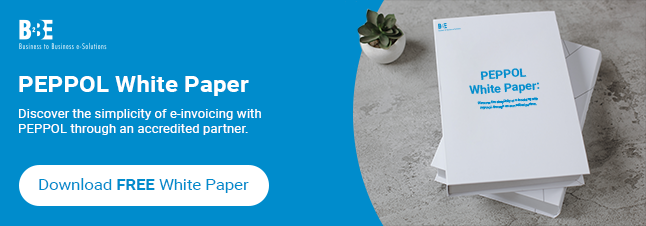Invoicing plays a central role in every business transaction, but the terminology used can often feel like a language of its own. Whether you’re issuing, approving, or paying invoices, knowing the key invoicing terms can help streamline communication, reduce errors, and improve cash flow visibility.
Here’s a breakdown of the most commonly used invoicing terms you’ll come across in the B2B space—and what they really mean in practice.
Common Invoicing Terms You Should Know
1. Invoice Number
A unique identifier assigned to each invoice. It helps track and reference invoices easily in systems or during audits.
2. Purchase Order (PO) Number
This number links the invoice to the original purchase request. It’s a key field used in automated three-way matching.
Watch our video round-up on invoicing terms below:
3. Net Terms (e.g., Net 30, Net 60)
These define how many days a customer has to pay the invoice. For example, “Net 30” means payment is due within 30 days of the invoice date.
4. Due Date
The date by which payment must be made. It’s often calculated based on the net terms.
5. Early Payment Discount
This invoicing term refers to a small discount offered to buyers who pay before the due date. For instance, “2/10 Net 30” means a 2% discount is available if payment is made within 10 days. Learn more about early payment discounts.
6. Line Item
Each product or service listed on the invoice. Line items usually include description, quantity, unit price, and total cost.
7. Subtotal
The total of all line items before tax, discounts, or shipping charges are applied.
8. VAT / GST
Value-Added Tax or Goods and Services Tax added to the subtotal, depending on the country’s tax laws.
9. Total Amount Due
This invoicing term refers to the final amount that needs to be paid, including taxes and any applicable adjustments.
10. Remittance Advice
Finally, remittance advice is a document (or section of an invoice) that explains what a payment covers. It’s useful when a customer is paying multiple invoices in a single transaction.
Why This Matters for Automation
When you move from manual to digital invoicing, understanding these invoicing terms becomes even more critical. They form the data points your system captures, validates, and uses to match against POs or receipts. If any of these fields are missing or inconsistent, it can delay the entire invoice process.
B2BE’s e-invoicing solutions ensure key terms are standardised, validated, and integrated seamlessly into your workflows. So whether you’re sending or receiving invoices, you’re speaking the same language every time.
Want to simplify your invoicing process?
Contact us to learn how we can help digitise your invoicing workflows and eliminate manual handling.
About B2BE
B2BE delivers electronic supply chain solutions globally, helping organisations to better manage their supply chain processes, providing greater levels of visibility, auditability and control. We’re driven by a passion for what we do, inspired by innovation, and underpinned by a wealth of knowledge. With over 20+ years of experience, the B2BE teams operate worldwide.
For more information, visit www.b2be.com.

